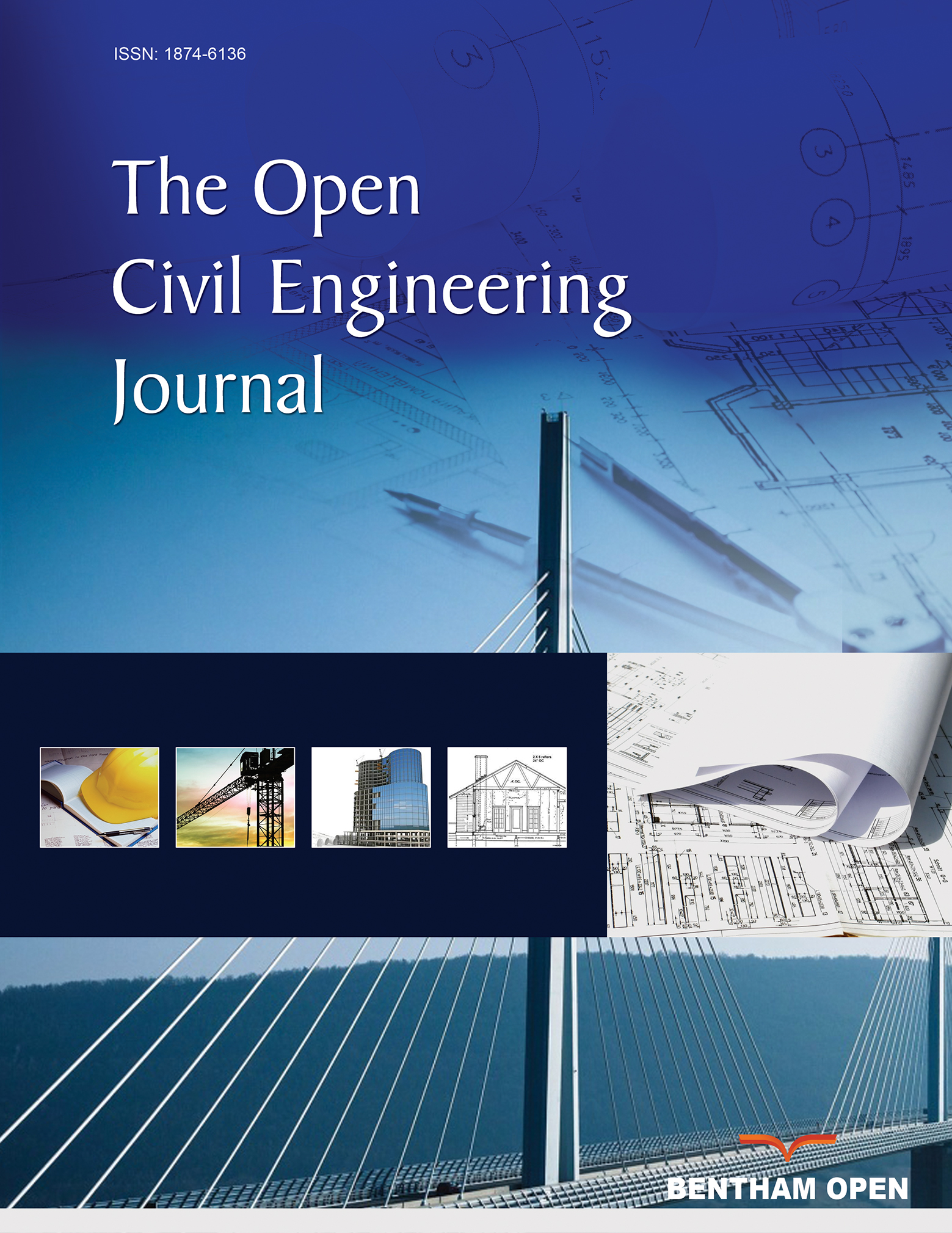All published articles of this journal are available on ScienceDirect.
Influence of Seashell on the Physical, Mechanical, and Thermal Properties of Brick Mortar Mixtures
Abstract
Background:
This work investigated the effect of crushed cockle shell (CCS) and mixed seashell (MS) as shell sand in cement hydraulic lime brick mortar. The seashells aggregates came from the shell middens of Mauritania.
Objective:
This study aims to valorize seashell waste in mortar brick mixes, to design a light insulating brick.
Methods:
The seashells were heat treated at 105°C for 6h, then crushed and sieved into shell sand. Then, they were studied by X-ray diffraction (XRD), thermogravimetric analysis (TGA), and specific tests for mortar aggregates. Afterward, several mortar bricks were fabricated by replacing the natural sand with shell sand. The physical, mechanical, and thermal properties of the produced bricks were compared with two types of natural mortar bricks. In total, six types of masonry bricks were produced. The properties analyzed were the compressive strength, flexural strength, water absorption, bulk density and bulk porosity, thermal conductivity, and thermal resistance of the bricks.
Results:
It was observed that the use of seashell waste increased the porosity and water absorption of the bricks and decreased the bulk density and mechanical strength.
Conclusion:
It is concluded that the seashell shape promotes the porosity of the mortar bricks, making them more insulating and lighter. Characterizing crushed cockle shells (CCS) and mixed seashell (MS) bricks help clarify the field and limits of application of these bricks.


